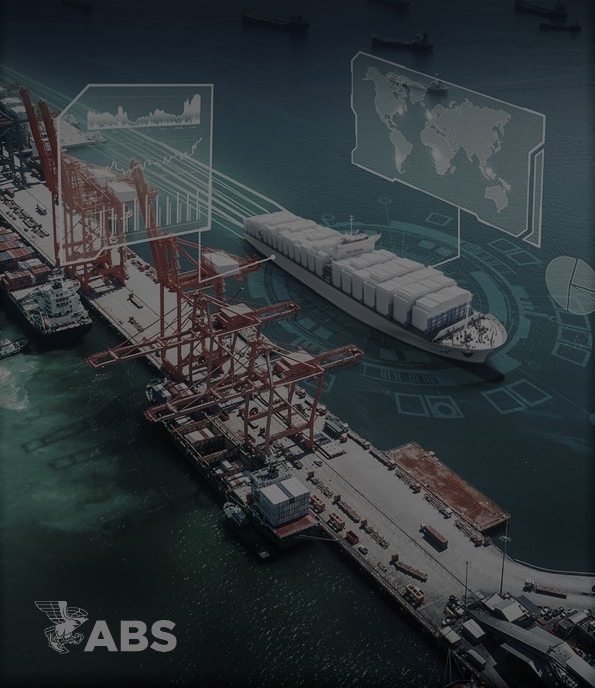Transferring Existing Vessels to ABS Class
I recently bought a vessel classed with another organization. Is it difficult to change to ABS class?
Not at all. ABS receives frequent requests to transfer existing vessels that are classed with other societies. ABS has well-established, simple procedures to effect a Transfer of Class with minimal disruption to operations, at a minimal cost.
My vessel is classed with another IACS member. Will ABS accept the current survey status?
Yes. There are very clear rules that have been agreed to by all IACS members, which govern the transfer of vessels between members. The process is coordinated between the two societies so that the necessary standards are maintained. ABS will recognize surveys carried out by other IACS societies, subject to a confirmatory survey.
My vessel has never been classed. Will ABS accept it?
ABS will consider the vessel for class after a satisfactory condition survey is conducted. Since the vessel may not have been built to an ABSrecognized standard, the requirements that must be met are more extensive than those for a vessel transferring class and include a review and drawing approval against ABS Rule requirements. ABS does not typically class yachts that are less than 75 feet in length (note: special consideration could apply for certain vessels).
Is there an age limit for being accepted into ABS class?
The review of vessels over 15 years of age is more stringent than for younger vessels. For older vessels, an ABS exclusive surveyor will conduct a preliminary condition survey prior to starting the transfer of class process. There is no charge to the owner or operator for this survey. Manned submersibles and vessels that are over 20 years of age and more than 80,000 dwt, including tankers, bulk carriers and passenger vessels, require special approval from the ABS Chief Surveyor. However, ABS does not typically class fishing vessels that are older than 10 years of age.
How long does the transfer of class take?
In most instances the Transfer of Class process can be completed quickly. The IACS TOCA sets specific time limits on certain elements within the process to promote minimal operational disruption.
Can I continue to trade the vessel while it is being considered for ABS class?
Yes. As soon as the required surveys and drawings have been satisfactorily completed, ABS will issue an Interim Class Certificate to replace the existing classification arrangement. Until ABS has issued this Interim Certificate, the owner may operate the vessel under the existing classification certificate.
How will I know that the vessel has been accepted by ABS?
A full term class certificate is sent to the owner when the vessel has been accepted by the ABS Classification Committee.
What will it cost to change my vessel to ABS class?
ABS is mindful of the commercial pressures under which ship owners operate. The ABS procedures for transferring class on existing vessels have been streamlined to provide owners with the most cost-effective and responsive service possible. ABS charges only for credited classification surveys.
Who should I contact at ABS to arrange my transfer of class?
The process can be started by contacting any ABS office. There are 220 ABS offices located in 70 countries around the world. ABS staff members will obtain the relevant particulars to begin the process to make the change as seamless and efficient as possible.
While a ship is most often classed with one society during construction and throughout its life cycle, many owners transfer class either on delivery, on transfer of ownership or for other reasons. It is a straightforward matter to transfer a vessel in class with another IACS member to ABS class while the ship is in service. ABS has streamlined procedures in place to carry out the transfer smoothly and efficiently.


































